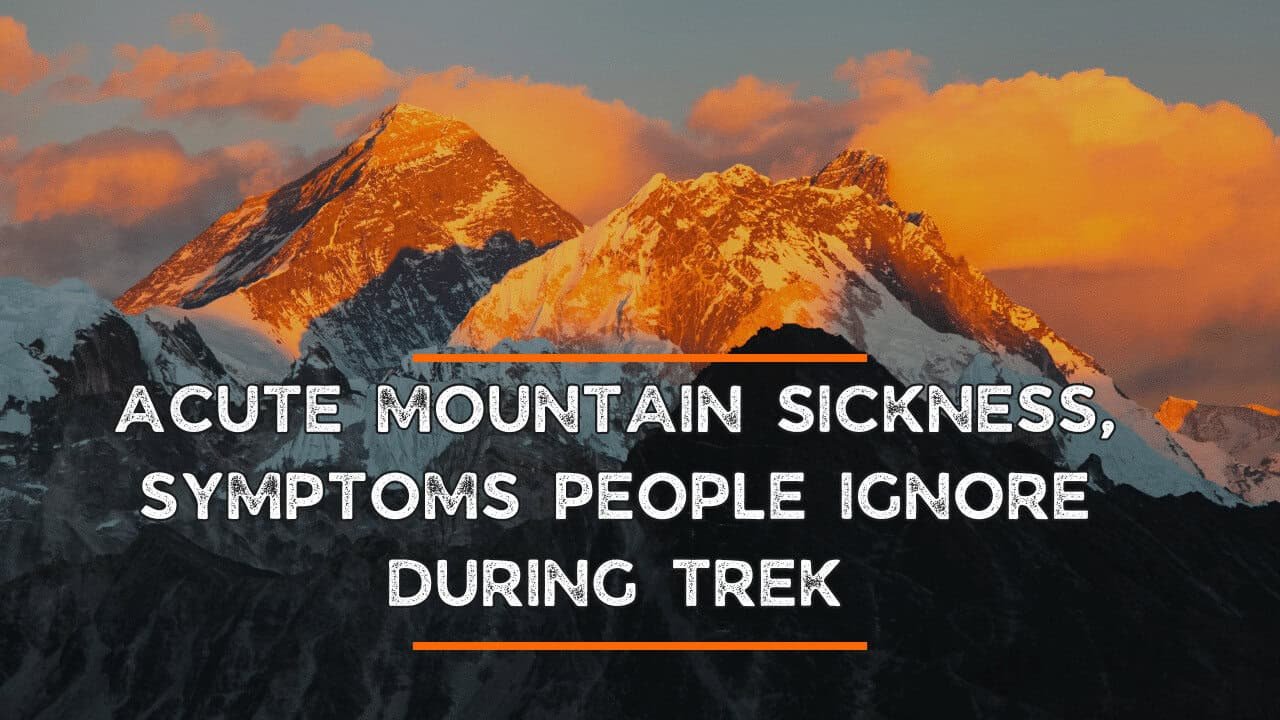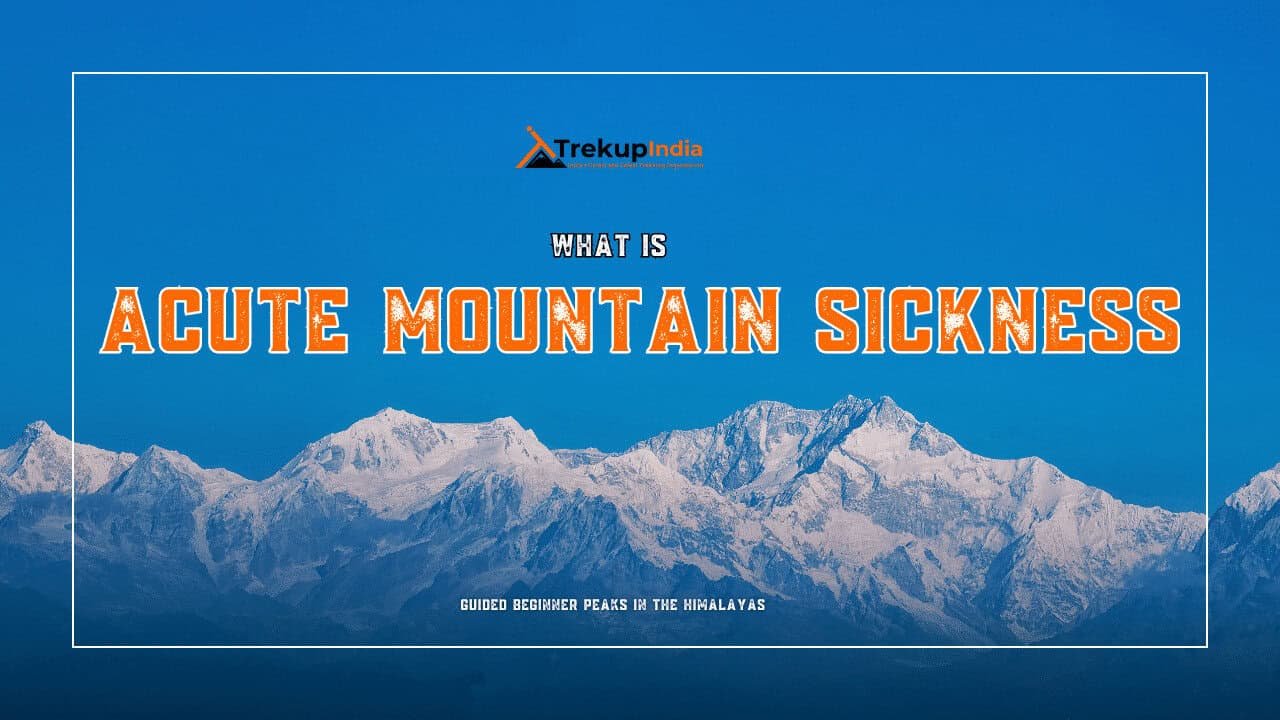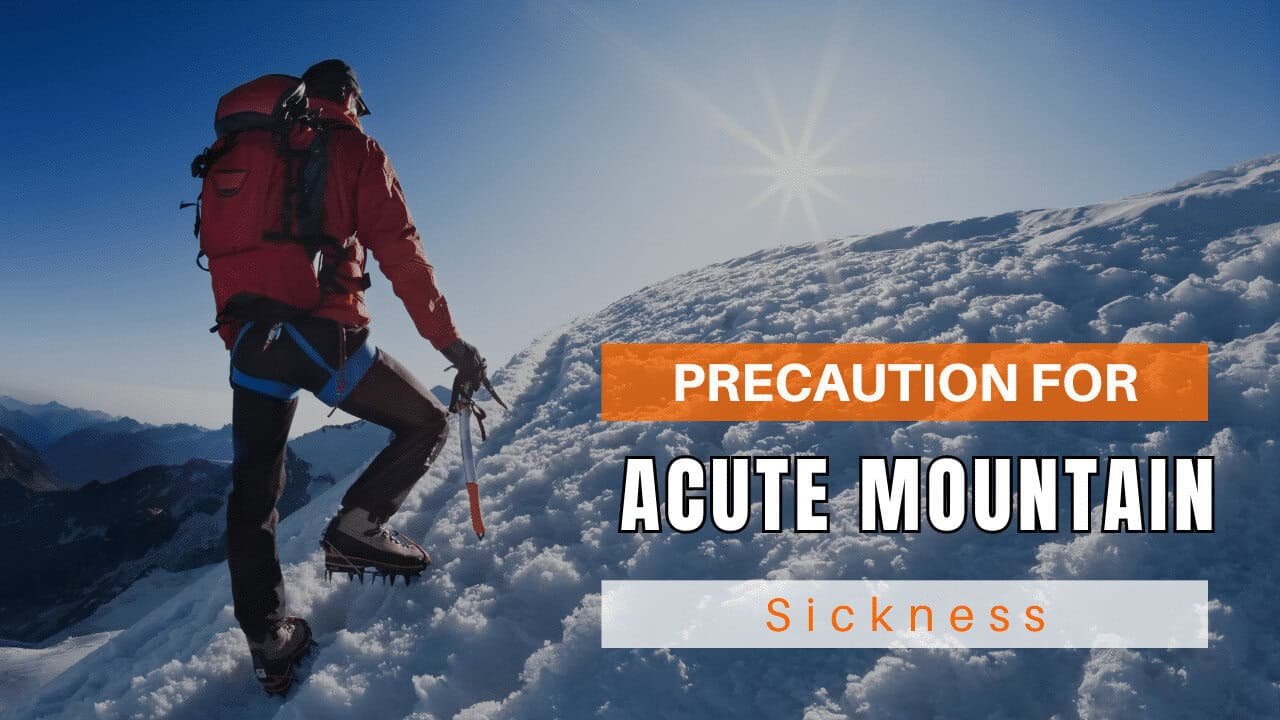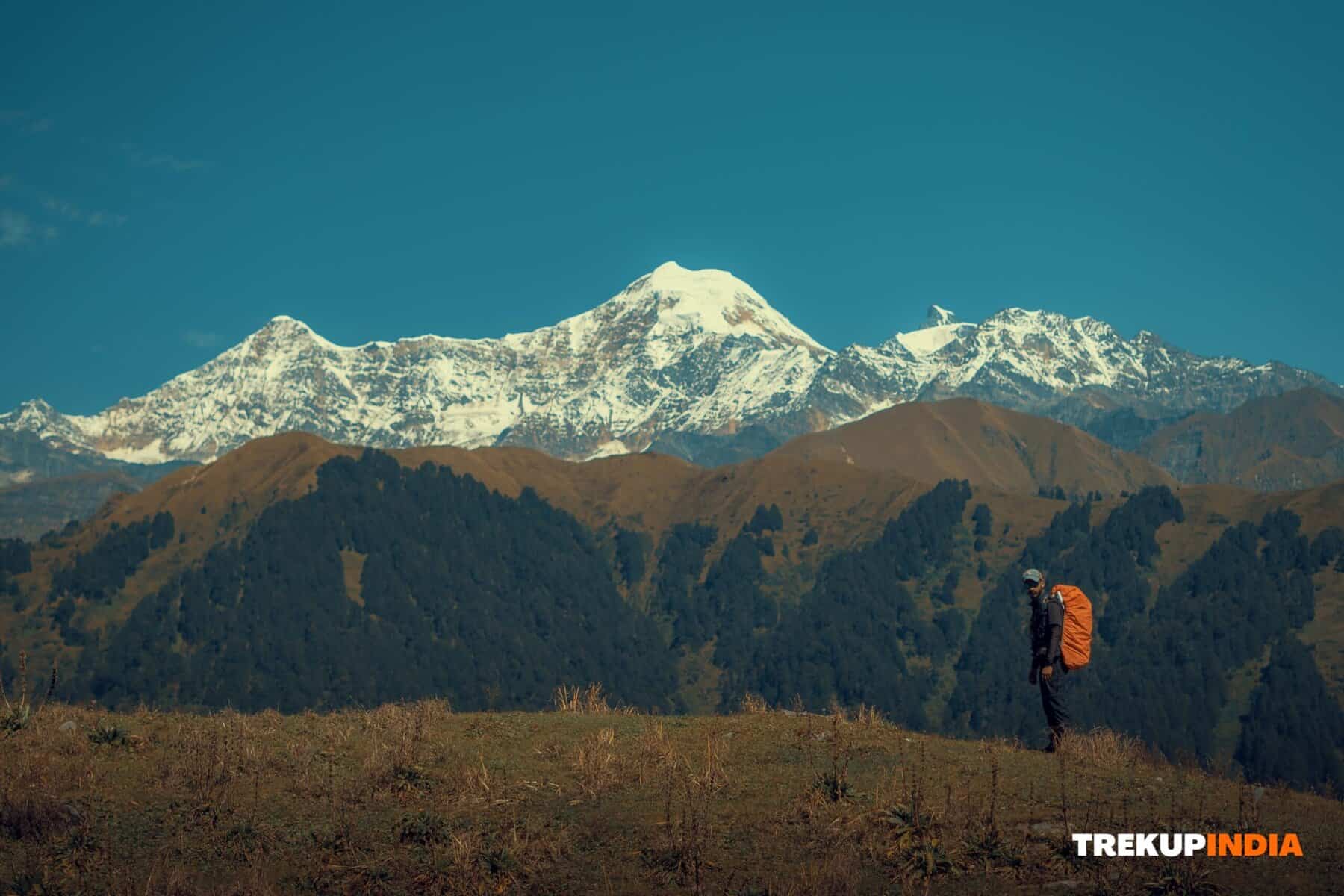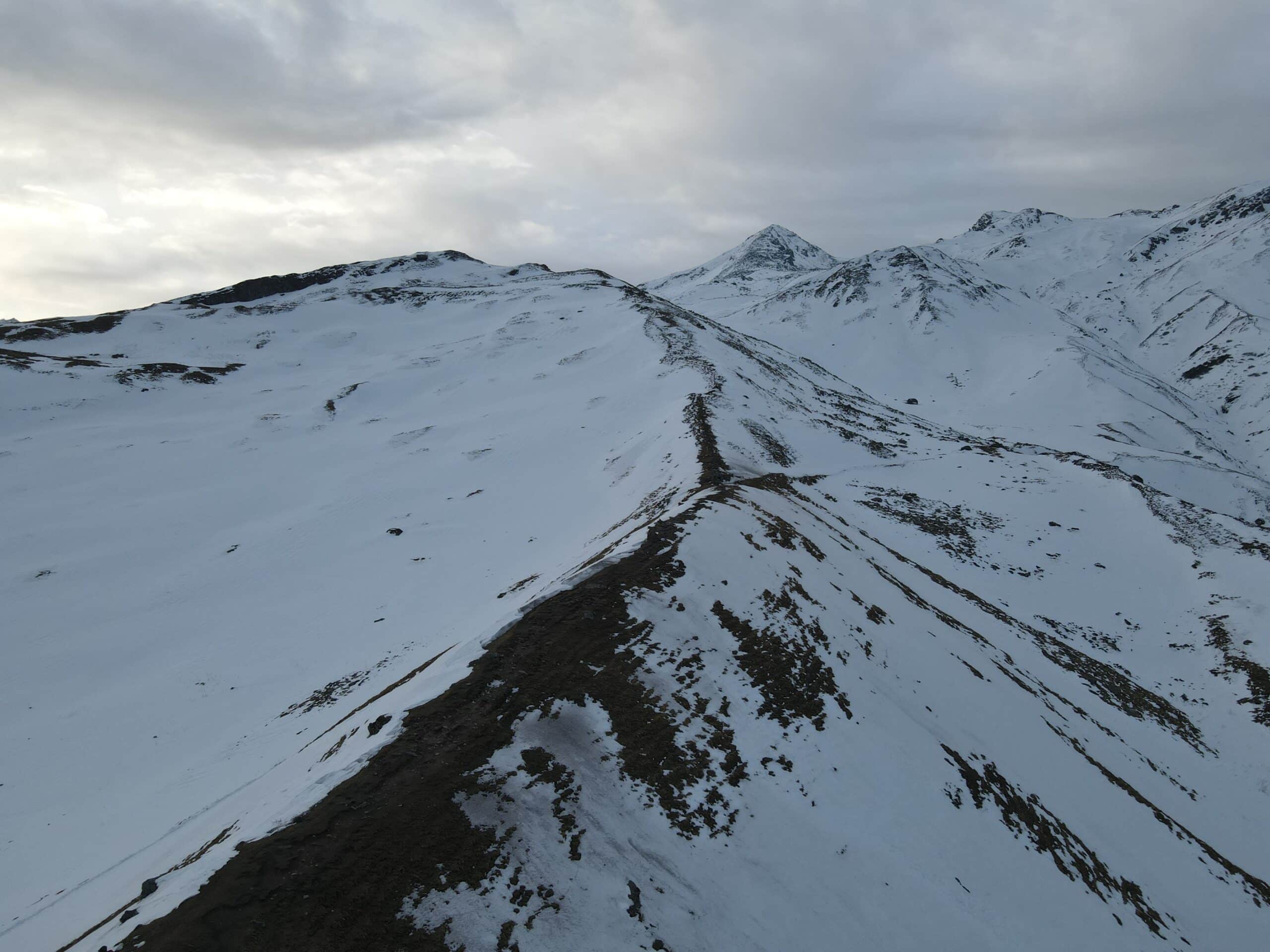What is the difficulty of the Valley of Flowers trek?
What is the difficulty of the Valley of Flowers trek? It is not a moderate-easy trek. Valley of Flowers Difficulty is Medium. Let me tell you the reason.
A trek can be classified as moderate when the majority of the trail is level, but there are steep sections with intermittent ascents and descents. The Valley of Flowers Trek is similar. The Valley of Flowers trek does not require a high level of technical difficulty, but requires that trekkers be physically fit.
This article will detail the “tough” sections of this journey. Let’s first dispel a myth.
Trekking in the monsoon
There is a widespread misconception that monsoon trekking isn’t recommended. This is especially true in the Himalayas. What happens if there is a landslide? Trek leader Gourab Nandy replies, “In any mountainous area, or the Himalayas, landslides are more likely to occur where there is a lot of human development.”
The soil is held together by vegetation on a hiking trail. There is no reason to be afraid of landslides when trekking.
Monsoons offer the most exciting opportunity to explore the Himalayan biosphere. Most treks in Himachal Pradesh and some in Uttarakhand are only open during the monsoon. The Valley of Flowers Trek is a trek that allows you to see the lush biodiversity.
An Overview of the Valley of Flowers Trek
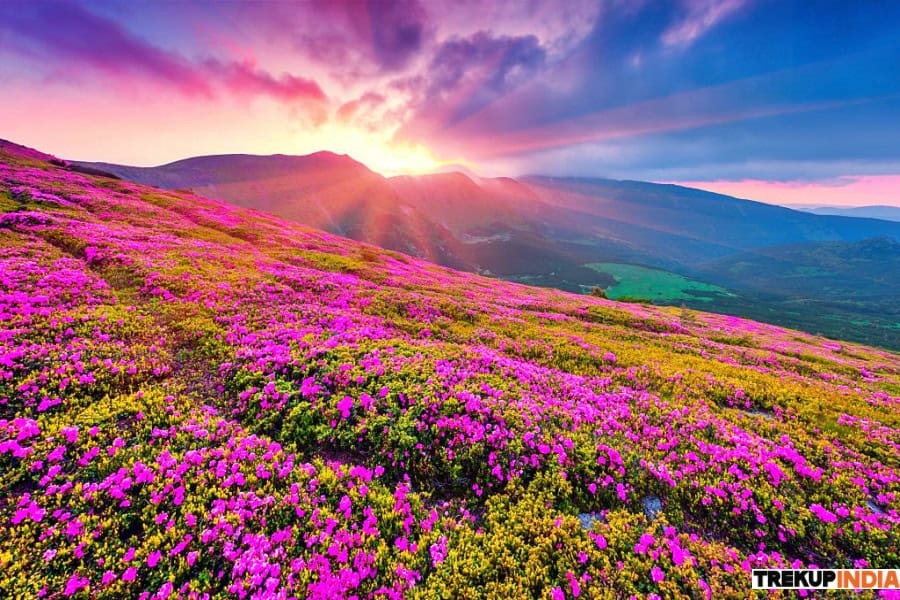
It is a six-day trek covering 38km. The Valley of Flowers National Park and Nanda Devi Biosphere Reserve are protected areas. It is also a UNESCO World Heritage Site.
The beauty of the Himalayas is one more reason to visit this region. It marks the convergence between Zanskar and the Eastern and Western Himalayas.
The Pushpavati River is visible from the Valley of Flowers Trek. The path snakes along ancient oak, rhododendron, and pine forests before climbing to Hemkund Sahib Gurudwara.
Sections requiring 'endurance and skill'
The Valley of Flowers Trek is divided into two parts that determine its difficulty.
1. Trek To Hemkund Sahib
The hardest day on the hike is the fourth. On this day, you will trek from Ghangria to Hemkund Sahib Gurudwara. Trekkers must ascend almost 4500 feet in six hours.
It is not a difficult trail. The route between Poolna and Ghangria (a stone trail) is well-maintained and maintained. The trail from Ghangria into the Valley and Ghangria towards Hemkund Sahib are also clearly marked. It requires good fitness levels, as you will be climbing 4500 feet within a short time.
2. Hiking through the Forest
Only on Day 3 will you need to have some skill. You’ll traverse a dense forest of oaks and rhododendrons for 30-45 minutes. The trails here are muddy and slippery.
Even though the route is fairly flat, you will need a good fitness level for some sections of this trek.
3. Minimum Fitness Level for Valley of Flowers Trek
Any Himalayan trekking requires fitness. The Valley of Flowers Trek is a moderately complex trek. Although the trail isn’t technically demanding, trekkers must cover approximately 38km in six days. This distance is mostly covered by trekking uphill during the monsoon seasons.
Preparing yourself mentally and physically before a trek will help avoid injury or illness.
Let’s put things in perspective. Imagine the Burj Khalifa at 2722 feet. Imagine you have to do nearly 4,500 feet of climbing in just six hours on the fourth day. This requires both mental and physical preparation.
How To Prepare for Trek?
To prepare for the trek, you should improve your flexibility, strength, and cardiovascular fitness.
Running or jogging is the best way to build endurance, followed by brisk walking or cycling. If these are not possible for you, climbing stairs is a great alternative to get yourself ready for the hike. Ascending a steep trail is similar to gaining altitude, and stair climbing effectively simulates that.
To take it a step further, add weights to a backpack while climbing stairs. This will help boost your endurance and build strength.
Another important part of high-altitude trekking is breathing. Mountain air is thinner and contains less oxygen than city air. It’s essential to train your body to breathe deeply and slowly while trekking. This not only helps keep your heart rate in check but also reduces fatigue.
You should also focus on strengthening and stretching your muscles. Squats are excellent for building leg strength. Incorporate planks, pushups, and yoga into your routine to strengthen your core, which plays a critical role in improving your stamina, endurance, and overall strength during high-altitude treks.
For more details regarding the Fitness and Further Information Regarding the Valley of Flowers Trek [Click Here]!!
Share this article
Want To Trek Like Pro?
Basically, watch these videos if you want to trek the same way professional trekkers do and make your skills better. These videos contain useful tips and techniques to further improve your trekking skills itself. These videos actually help both new and experienced trekkers improve their trekking skills. These videos definitely provide useful tips that make your trek better. We are seeing that these videos by Trekup India experts will only help you make your trekking skills better.
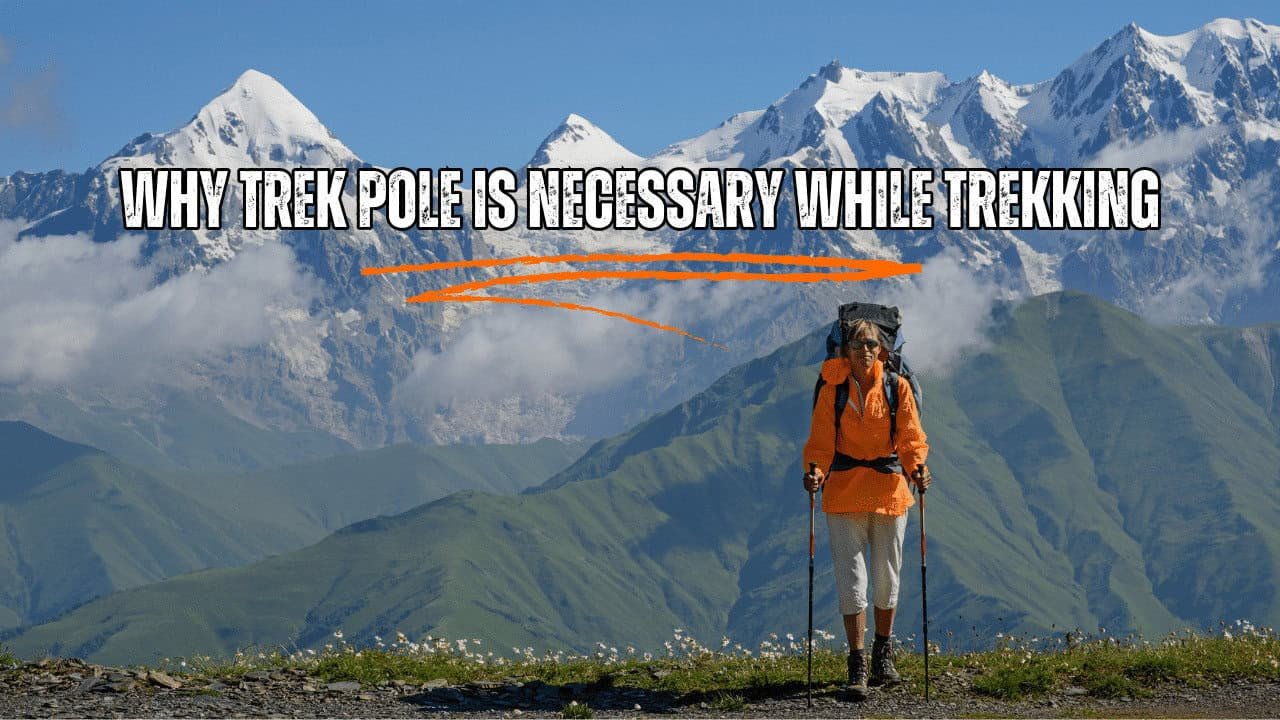




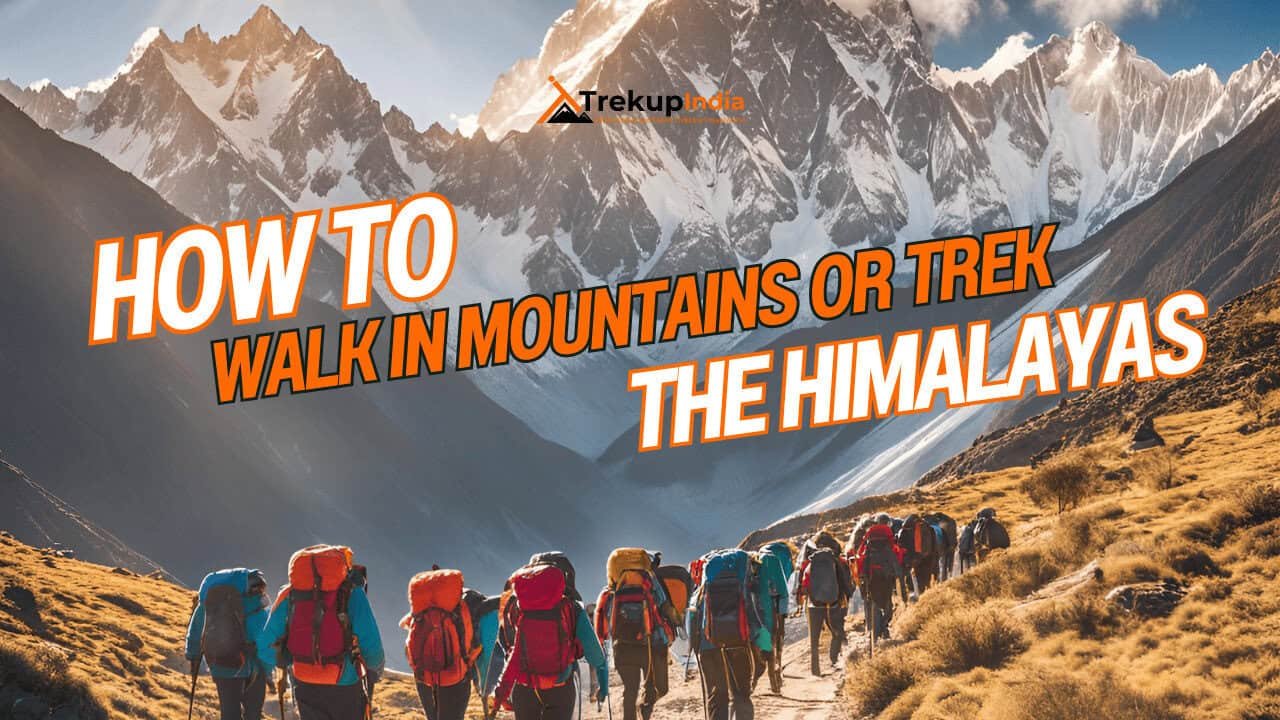

Know Everything About Acute Mountain Sickness
Acute Mountain Sickness occurs when people trek to high altitudes above 8,000 feet. This condition itself develops further due to reduced oxygen levels at such heights. Basically, as you go higher up, the air pressure and oxygen levels decrease, which causes the same problem. Acute Mountain Sickness surely causes headache, nausea, vomiting, and dizziness in affected persons. Moreover, peoples also experience difficulty in sleeping during this condition. To avoid mountain sickness, you should actually trek up slowly to higher altitudes. To learn further about this condition itself, watch the videos by Trekup India.
